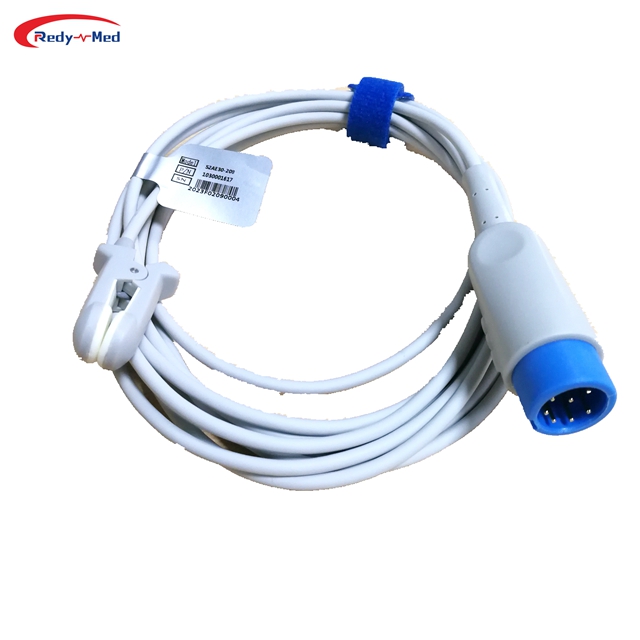
Understanding SpO2 Sensor Accuracy and Reliability
2024-03-21 00:04:27

Unraveling the Precision and Dependability of SpO2 Sensors
The Significance of SpO2 Sensor Accuracy
The accuracy and reliability of SpO2 sensors play a pivotal role in the field of healthcare. SpO2 sensors are used to measure oxygen saturation levels in the blood, providing vital information that aids in diagnosing and monitoring various medical conditions. It is crucial to comprehend the factors that contribute to the accuracy and reliability of these sensors to ensure accurate and trustworthy readings.
The Factors Influencing Accuracy and Reliability
1. Sensor Placement:
The positioning of the SpO2 sensor greatly influences its accuracy. Optimal placement is typically on the finger, earlobe, or forehead, as these locations provide a good blood flow and minimize motion artifacts. Incorrect sensor placement can lead to inaccurate readings, impacting the reliability of the measurements.
2. Calibration:
Regular calibration is essential for maintaining accurate sensor readings. Calibration involves adjusting the sensor's measurements against a known reference value. This process helps mitigate any errors or drift in readings, ensuring reliable and consistent results.
3. Motion Artifact Rejection:
SpO2 sensors should have robust algorithms to detect and eliminate motion artifacts. Patient movement, such as shivering or trembling, can interfere with accurate readings. Advanced motion artifact rejection techniques can improve the reliability of the sensor by filtering out these unwanted signal distortions.
The Importance of Sensor Reliability
Reliability is a crucial aspect of SpO2 sensors, particularly in critical healthcare settings. To ensure patient safety and effective monitoring, it is imperative that the sensors consistently provide accurate readings. Trusted sensor reliability minimizes the risk of misdiagnosis or misinterpretation of patient conditions, facilitating appropriate and timely interventions.
Furthermore, reliable sensors reduce the need for frequent recalibration or replacement, saving time and resources for healthcare providers. Patients benefit from uninterrupted monitoring, leading to a higher quality of care and improved overall healthcare outcomes.
Conclusion
Understanding the accuracy and reliability of SpO2 sensors is paramount to their effective utilization in the healthcare industry. By considering factors such as proper sensor placement, calibration, and motion artifact rejection, healthcare professionals can rely on accurate measurements for diagnosing and monitoring patients. The importance of sensor reliability cannot be overstated, as it ensures patient safety, streamlines healthcare operations, and ultimately improves patient outcomes.
Get the latest price? We'll respond as soon as possible(within 12 hours)




